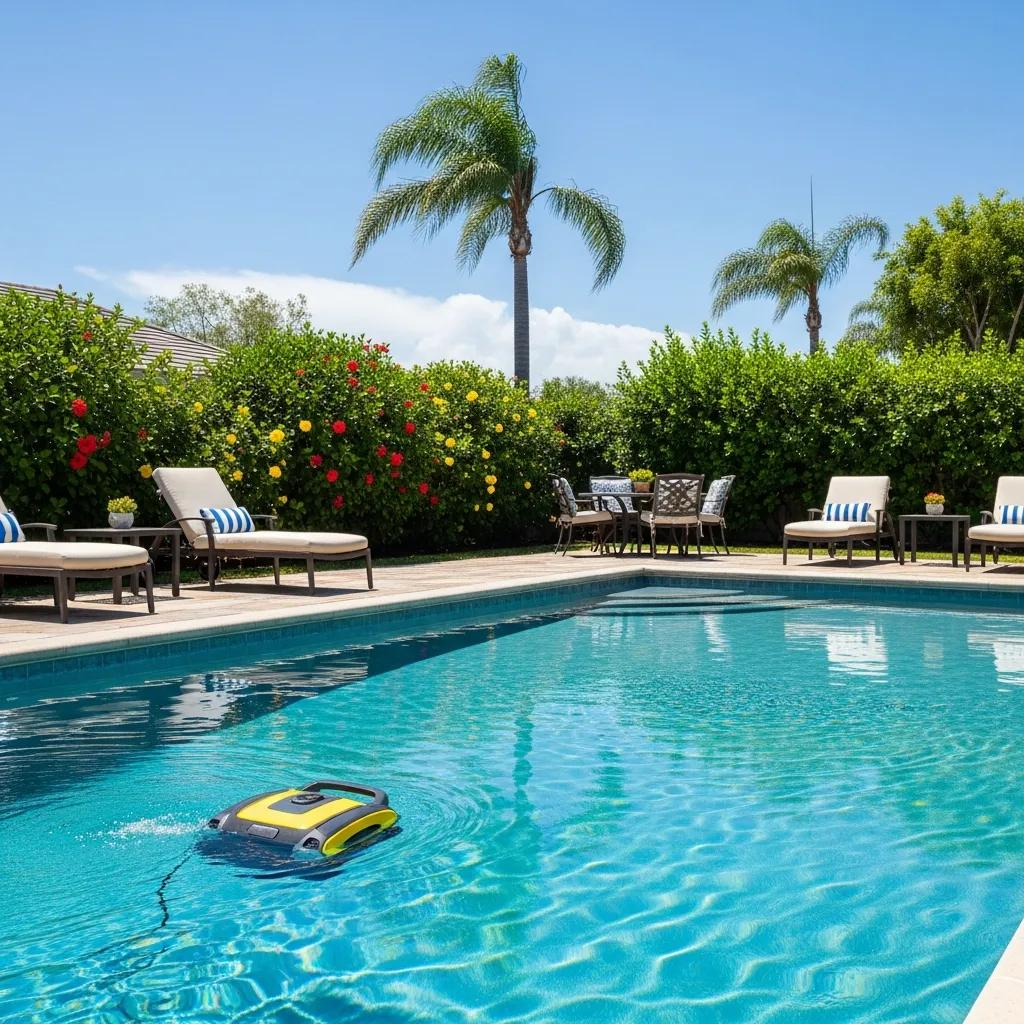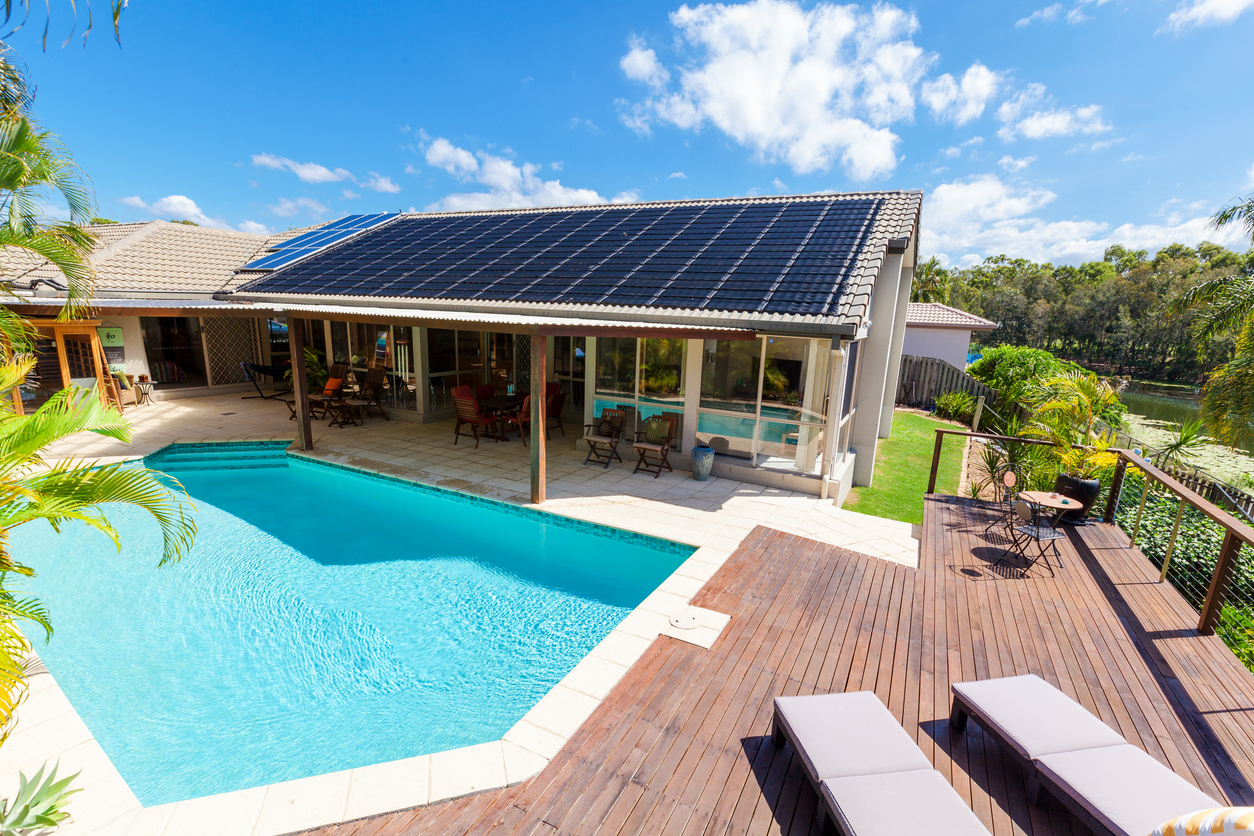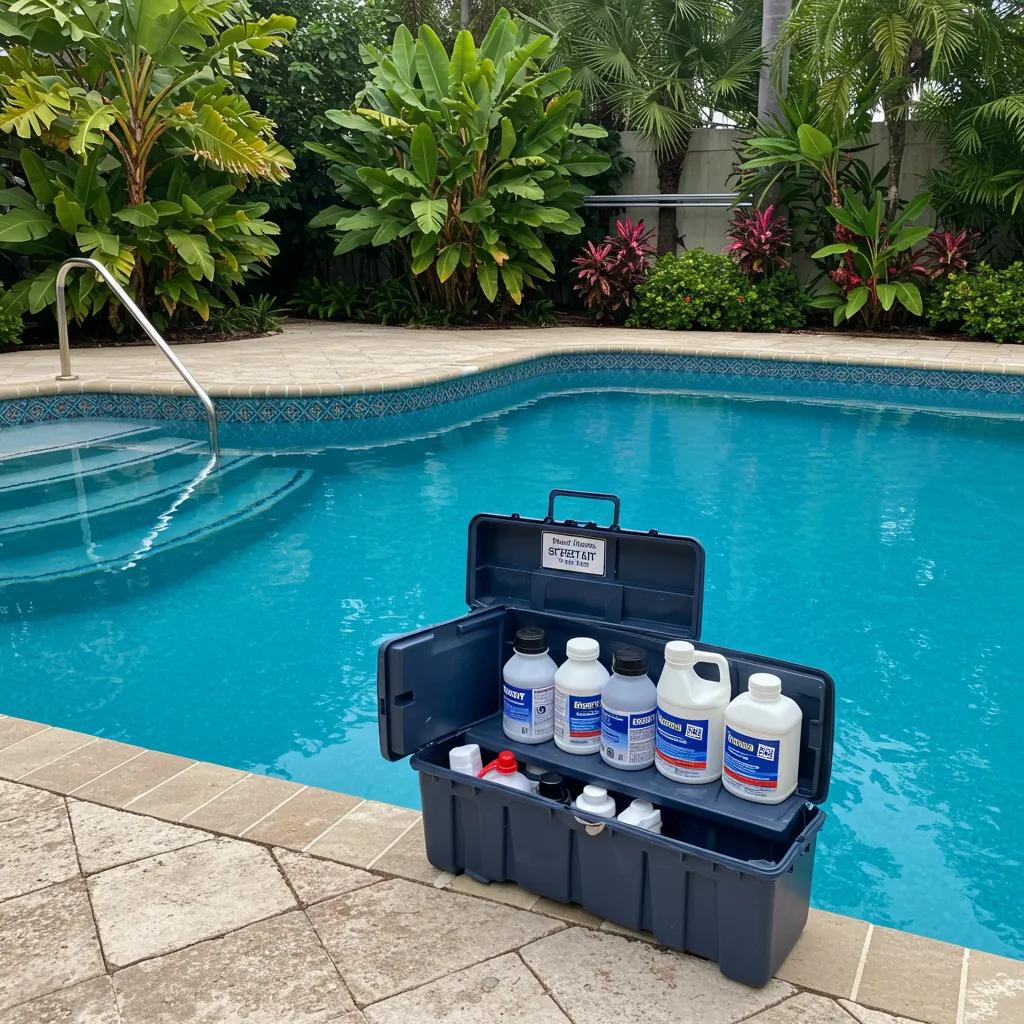
Understanding Pool Pipe Materials: Rigid PVC vs. CPVC vs. Flexible Piping
The unsung hero of a healthy, efficient pool system is its plumbing. The network of pipes carrying water between your pool, pump, filter, and heater must withstand constant water flow, pool chemicals, and environmental conditions. Choosing the right pipe material is crucial for the longevity and performance of your pool plumbing, preventing leaks, flow issues, and costly repairs down the line.
While several materials exist, three are most commonly discussed for residential pool applications: Rigid PVC, CPVC, and Flexible PVC. Each has distinct properties, advantages, and drawbacks. Understanding these differences is key to making informed decisions for your pool's infrastructure.
Rigid PVC Pipe
Rigid PVC (Polyvinyl Chloride) is the backbone of most residential and commercial pool plumbing systems. It's a stiff, durable plastic known for its strength and affordability.
- Characteristics: Rigid PVC is typically white, grey, or sometimes clear for pool applications. It comes in various "Schedule" numbers; Schedule 40 is the most common for pools, offering a good balance of wall thickness, pressure rating, and cost, while Schedule 80 has thicker walls for higher pressure or structural needs [1, 16].
- Pros:
- Durability & Strength: Highly resistant to crushing and punctures when installed correctly underground [4].
- Chemical Resistance: Generally handles common pool chemicals like chlorine and muriatic acid well within typical concentrations and temperatures [1, 10, 14].
- Cost-Effective: Typically the most economical option for material costs.
- Longevity: Properly installed rigid PVC systems can last for decades.
- Cons:
- Installation Difficulty: Requires precise cutting, cleaning, priming, and solvent welding (gluing) of numerous fittings (elbows, tees, couplings) to navigate turns and connections. It's unforgiving if mistakes are made [2].
- Rigidity: Cannot bend around obstacles, demanding more labor and fittings. Less tolerant of ground movement or freeze expansion compared to flexible options [2].
- UV Susceptibility: Can degrade over time if left exposed to direct sunlight without protection [2].
- Ideal Pool Applications: The standard choice for main underground runs, equipment pad plumbing (away from high heat sources), suction lines (skimmers, main drains), and pressure lines (returns). Its strength and durability make it ideal for buried lines where structural integrity is critical [4].
Installation involves cutting the pipe square, chamfering edges, applying primer to both pipe and fitting, and then applying solvent cement (PVC glue) before quickly joining the pieces with a slight twist. Proper cure time is essential before pressurizing the system [2].
CPVC Pipe
CPVC (Chlorinated Polyvinyl Chloride) is similar to standard PVC but undergoes an additional chlorination process. This modification enhances its ability to withstand higher temperatures and certain chemicals compared to standard PVC.
- Characteristics: Typically light yellow or grey, CPVC has similar physical properties to rigid PVC but with a key difference in temperature threshold.
- Pros:
- Superior Temperature Resistance: Can handle temperatures up to 200°F (93°C), significantly higher than PVC's 140°F (60°C) limit [7, 8]. This is crucial near heaters.
- Higher Chemical Resistance: The added chlorination provides increased resistance to a broader range of chemicals, including stronger or higher concentrations of certain pool chemicals [8, 9, 15].
- Cons:
- Higher Cost: CPVC material is more expensive than rigid PVC.
- Installation: Requires the same precision as rigid PVC, using specific CPVC primer and solvent cement [8].
- Ideal Pool Applications: Highly recommended for plumbing runs directly connected to or immediately downstream of pool heaters (gas, electric, or heat pumps) where water temperatures can be elevated. Also suitable for areas near pumps that generate significant heat. Provides an extra layer of safety and longevity in these specific locations.
Installation is much like rigid PVC, but using products specifically rated for CPVC is critical.
Flexible PVC Piping
Flexible PVC, often called "Spa Flex" or "Flexible Conduit," is a PVC material modified with plasticizers to be pliable. This makes it much easier to install in certain situations.
- Characteristics: Available in various colors (white, grey, black), flexible PVC has a corrugated or smooth interior and exterior depending on the type. It can be bent around corners without fittings, saving installation time.
- Pros:
- Ease of Installation: Its flexibility allows it to snake around obstacles, drastically reducing the number of fittings needed and simplifying the layout [2].
- Accommodates Movement: Can tolerate some ground settling or expansion (including minor freezing expansion) better than rigid pipe [2].
- Cons:
- Lower Durability: Less resistant to crushing, punctures, and kinking than rigid PVC. This is a major concern, especially for underground use [4].
- Reduced Chemical Resistance: The plasticizers that make it flexible can leach out over time, potentially making the pipe brittle and reducing its resistance to pool chemicals, leading to deterioration or a reduced inner diameter (calcium buildup) [4].
- Vulnerable to Pests: Known to be susceptible to damage from insects (like termites and earwigs) and rodents when buried [3, 4, 6].
- Not Rated for Underground Use: While sometimes used underground, flexible PVC is generally not rated or recommended for permanent underground pool plumbing due to its lack of strength and susceptibility to damage [4]. Pool industry professionals widely advise against it for main underground runs [4].
- Ideal Pool Applications: Its use in primary pool plumbing is highly debated and generally advised against by professionals for critical, buried lines [4]. It might be considered for short, accessible runs where flexibility is paramount, such as connecting equipment on a pad (though rigid is still often preferred), or for specific repair scenarios where rigid pipe installation is extremely difficult. Some use it cautiously in above-ground pool setups, but even there, durability remains a concern. Using flexible PVC for main suction or pressure lines, especially underground, carries significant risks of failure [4, 6].
Installation requires solvent welding, similar to rigid PVC, but using products specifically designed for flexible PVC (some standard PVC glues work, but checking manufacturer recommendations is vital). Special flexible couplings are available to join flexible pipe or transition between flexible and rigid pipe [11, 12]. However, the long-term reliability of flexible couplings under constant pressure and suction in a pool environment should be carefully considered.
Pipe Sizes and Fittings
Pool plumbing systems utilize various pipe sizes depending on the component and flow requirements. Common sizes include:
- 1.5-inch and 2-inch: Most prevalent sizes for skimmers, main drains, return lines, and smaller equipment connections.
- 3-inch and 4-inch: Used for larger suction lines (like multiple main drains or specialized features) or on systems requiring very high flow rates to minimize pressure drop [16].
Using fittings made from the same material (PVC fittings for PVC pipe, CPVC fittings for CPVC pipe) is essential for proper solvent welding and a leak-free seal. Standard rigid fittings (elbows, tees, couplings, reducers) are pressure-rated (like Schedule 40) and designed for specific pipe sizes [2].
Flexible couplings, often made of rubber with hose clamps, are sometimes used to join pipes of different sizes or materials, or to add flexibility. While easy to install, they introduce potential points of failure and may not withstand constant suction or pressure as reliably as properly solvent-welded rigid fittings in all pool applications. Their use, particularly underground, should be approached with extreme caution.
Installation Best Practices (Briefly)
Regardless of material, proper installation is paramount.
- Always cut pipes squarely and clean edges.
- Use the correct primer and solvent cement specifically rated for the pipe material (PVC for PVC, CPVC for CPVC, or specific flexible PVC cement).
- Ensure proper set and cure times for the cement before testing or pressurizing the system.
- Avoid petroleum-based lubricants or products, as they can degrade PVC and CPVC.
- Protect any exposed piping (especially PVC) from direct sunlight with paint or shielding [2].
Which Pipe is Right for Your Pool?
Based on industry standards and material properties:
- For Main Underground Lines: Rigid Schedule 40 PVC is the overwhelming standard and most recommended choice due to its durability, strength, and cost-effectiveness.
- For Plumbing Near the Heater: CPVC is the safest and most durable option due to its high-temperature resistance.
- For Equipment Pad Plumbing (Away from Heat): Rigid Schedule 40 PVC is typically sufficient and cost-effective.
- For Flexible Connections: Flexible PVC should be used with extreme caution and ideally only in accessible, non-critical areas where rigid pipe is impossible or for temporary fixes. Avoid using it for main underground suction or pressure lines.
While flexible PVC might seem appealing for its ease of installation, the risks associated with its lower durability, pest vulnerability, and potential chemical degradation often outweigh the benefits for core pool plumbing infrastructure.
Customer Testimonials
















